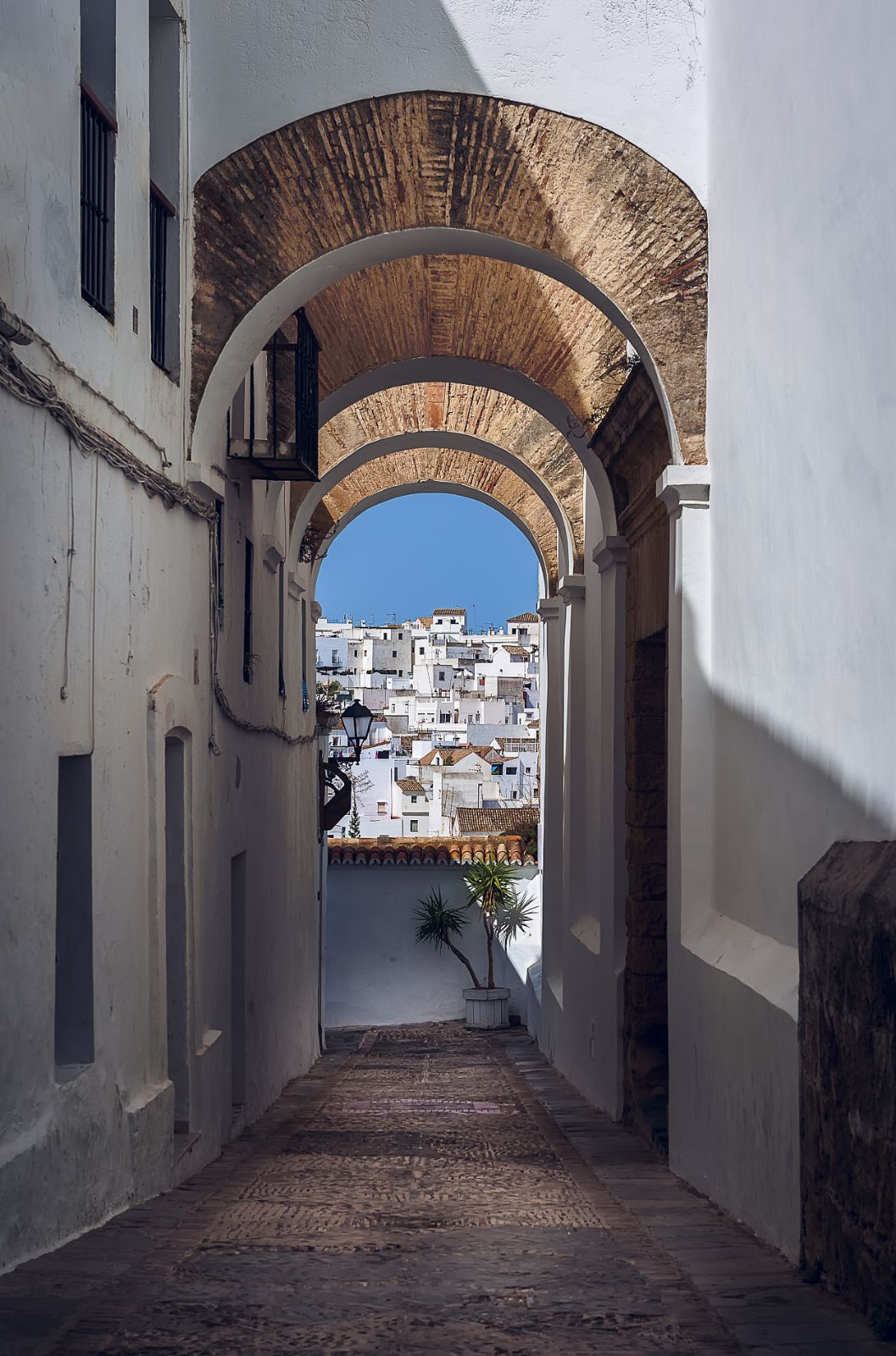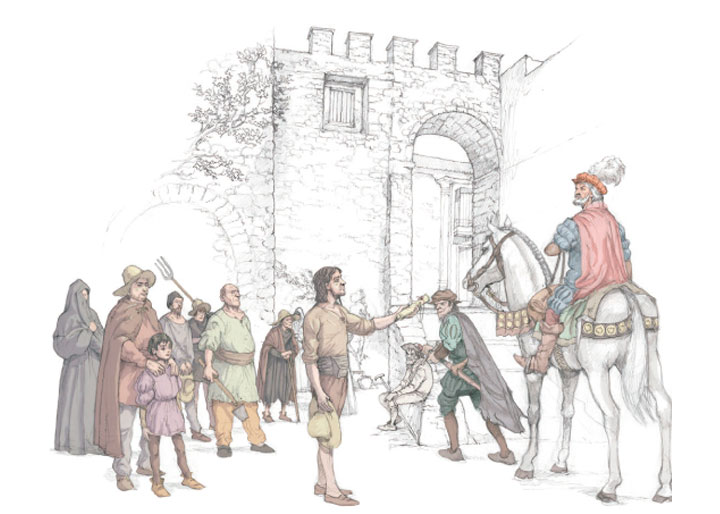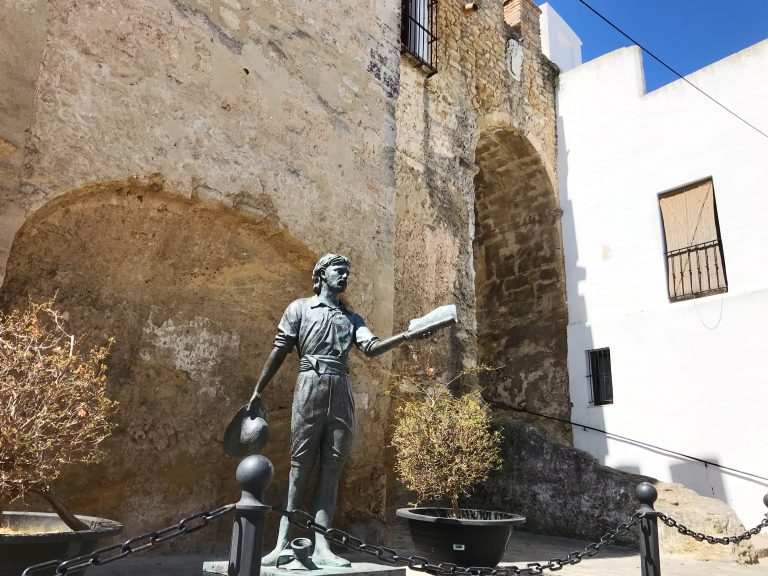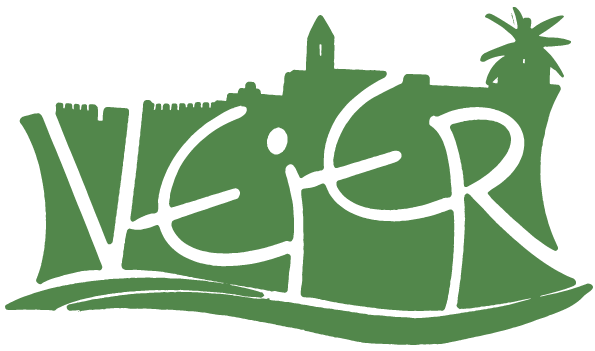History
On the hill on which Vejer stands (190 m. above sea level), and in the surrounding area, there is evidence of very ancient human presence.
Materials from the Bronze Age have been found under the walls and recent archaeological studies have revealed the existence of an orientalist settlement dating from the 7th century BC.
In the same place, some materials and remains of walls from the Turdetan period have been found, as well as some ceramics from the Roman period.
Prehistoric Palaeolithic remains from 500,000 years ago have also been found in the municipal area on the edges of the old La Janda lagoon, as well as a Neolithic settlement between La Muela and Parralejos.
From the Roman period there is a Roman villa in Libreros, with rich mosaic pavements, and next to it, the Horno del Chorrillo.
Finally, in the Ermita de la Oliva hermitage there is a Roman inscription reused in the Visigothic period.



During the 15th and 16th centuries, the life of Vejer passed under the rule of the Guzmans, with the confrontation of the Vejeriegos, with Juan Relinque at the head, against the Dukes of Medina Sidonia for the control of the communal lands, known as Hazas de Suerte, already standing out in the Modern Age.
The political transformations of the 19th century and the confiscations had repercussions on the titling of properties, which passed from the ducal domain to bourgeois hands, without achieving the necessary industrial development in the town, which continued to focus its economic activity on agricultural and livestock production.
Vejer de la Frontera today
During the 15th and 16th centuries, the life of Vejer passed under the rule of the Guzmans, with the confrontation of the Vejeriegos, with Juan Relinque at the head, against the Dukes of Medina Sidonia for the control of the communal lands, known as Hazas de Suerte, already standing out in the Modern Age.
The political transformations of the 19th century and the confiscations had repercussions on the titling of properties, which passed from the ducal domain to bourgeois hands, without achieving the necessary industrial development in the town, which continued to focus its economic activity on agricultural and livestock production.

